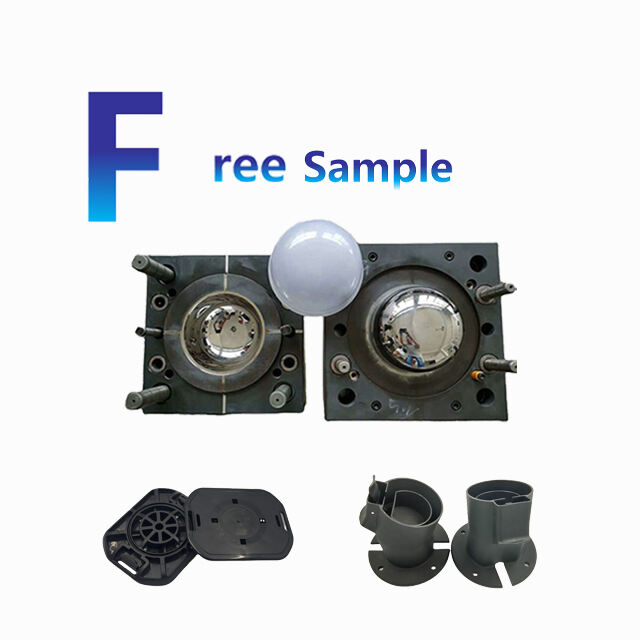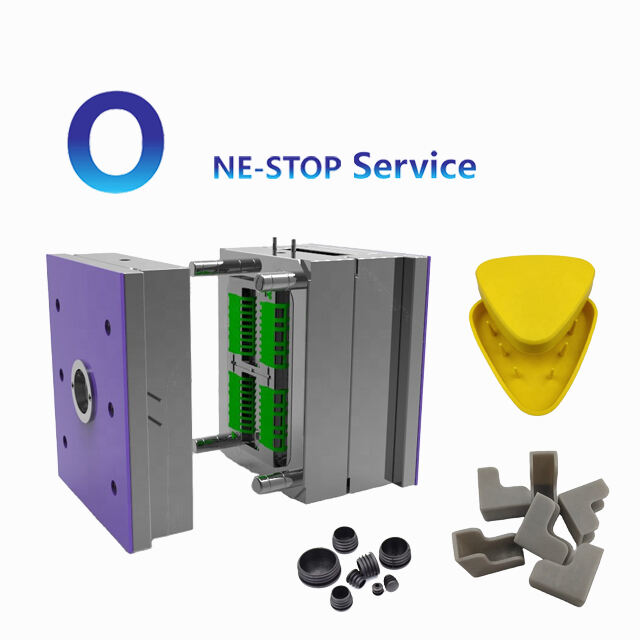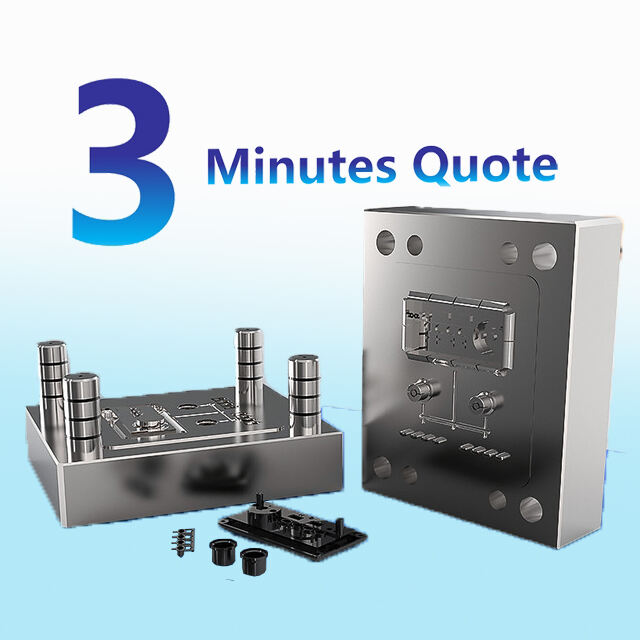ejector rod injection molding
Ejector rod injection molding is an innovative technique used in the manufacturing industry to produce high precision plastic parts. Its main functions include injecting molten plastic into a mold, cooling it to solidify, and then using an ejector rod to push the finished product out of the mold. Technological features of this process include programmable control systems for precise injection, adjustable pressure and speed settings for different materials, and automated ejection mechanisms that ensure the efficient removal of parts. Applications of ejector rod injection molding are widespread and include automotive parts, medical devices, consumer electronics, and more, making it an indispensable process for a variety of industries.


